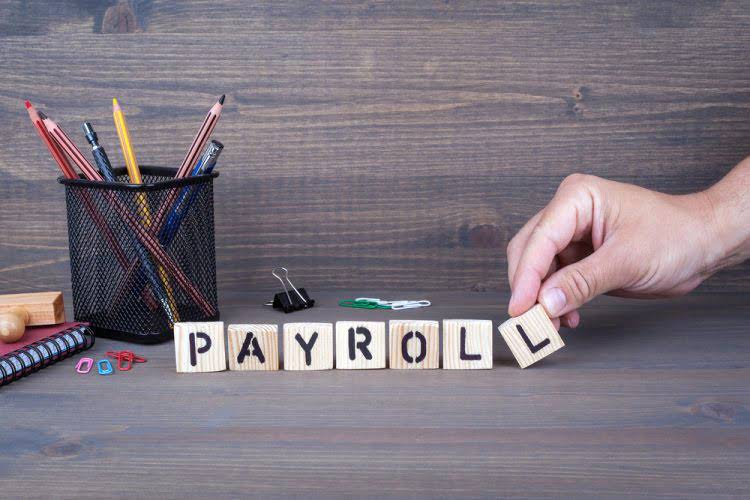
A company might take out debt to expand and grow its business or an individual may take out a mortgage to purchase a home. AP typically carries the largest balances because they encompass day-to-day operations. AP can include services, raw materials, office supplies, or any other categories of products and services where no promissory note is issued. Most companies don’t pay for goods and services as they’re acquired, AP is equivalent to a stack of bills waiting to be paid. Companies of all sizes finance part of their ongoing long-term operations by issuing bonds that are essentially loans from each party that purchases the bonds.
- Here are a few quick summaries to answer some of the frequently asked questions about liabilities in accounting.
- The money borrowed and the interest payable on the loan are liabilities.
- These expenses include items such as wages, rent, utilities, and other expenditures necessary to keep the business running smoothly.
- According to the principle of double-entry, every financial transaction corresponds to both a debit and a credit.
- Long-term liabilities are listed after current liabilities on the balance sheet because they are less relevant to the current cash position of the company.
- For example contingent liabilities can become current or long-term if realized.
- To make your search easier, we’ve narrowed it down to these twelve picks.
How are liabilities related to assets and equity?

Liabilities and equity are listed on the right side or bottom half of a balance sheet. Some loans are acquired to purchase new assets, like tools or vehicles that help a small business operate and grow. Liability may also refer to the legal liability of a business or individual. Many businesses take out liability insurance in case a customer or employee sues them for negligence. If a company is involved in a dispute with the IRS or state tax agency, it should assess whether it is likely to result in a payment and whether the amount can be estimated. Assets and liabilities are the main building blocks of accounting.

What Are the Different Types of Liabilities in Accounting?
A liability is anything you owe to another individual or an entity such as a lender or tax authority. The term liability accounts can also refer to a legal obligation or an action you’re obligated to take. It might signal weak financial stability if a company has had more expenses than revenues for the last three years because it’s been losing money for those years. Liabilities are a vital aspect of a company because they’re used to finance operations and pay for large expansions. They can also make transactions between businesses more efficient.
- Understanding your company’s liabilities will give you the full story behind your company’s finances and how much total debt you’ve incurred.
- He is the sole author of all the materials on AccountingCoach.com.
- This ratio measures a company’s ability to cover its interest expenses using its operating income.
- Current liabilities are due within a year and are often paid using current assets.
- A contingent liability only gets recorded on your balance sheet if the liability is probable to happen.
- Managing business finances is a complex and critical responsibility.
Debits and credits
Companies segregate their liabilities by their time horizon for when they’re due. Current liabilities are due within a year and are often paid using current assets. Non-current liabilities are due in more than one year and most often include debt repayments and deferred payments. AT&T clearly defines its bank debt that’s maturing in less than one year under current liabilities. This is often used as operating capital for day-to-day operations by a company of this size rather than funding larger items which would be better suited using long-term debt. Any liability that’s Partnership Accounting not near-term falls under non-current liabilities that are expected to be paid in 12 months or more.

Current Liabilities

For instance, a company must estimate a contingent liability for pending litigation if the outcome is probable and the loss can be reasonably estimated. In such cases, the company must recognize a liability on the balance sheet and record an expense in the income statement. If the loss is reasonably possible but not probable, the company must disclose assets = liabilities + equity the nature of the litigation and the potential loss range. However, when disclosing contingencies related to pending litigation, it’s important to avoid revealing the company’s legal strategies. A contingent liability is a potential liability that will only be confirmed as a liability when an uncertain event has been resolved at some point in the future. Only record a contingent liability if it is probable that the liability will occur, and if you can reasonably estimate its amount.
- Next, let’s explore the different types of liabilities and how they are categorised.
- It’s worth noting that liabilities are going to vary from industry to industry and business to business.
- Liabilities are incurred in order to fund the ongoing activities of a business.
- Liabilities refer to short-term and long-term obligations of a company.
- They’re recorded in the short-term liabilities section of the balance sheet.
- Contact us for help categorizing contingencies based on likelihood and measurability and disclosing relevant information in a clear, concise manner.

The accounting equation is the mathematical structure of the balance sheet. Liabilities in financial accounting need not be legally enforceable; but can be based on equitable obligations or constructive obligations. An equitable obligation is a duty based on ethical or moral considerations. A constructive obligation is an obligation that is implied by a set of circumstances in a particular situation, as opposed to a contractually based obligation.

